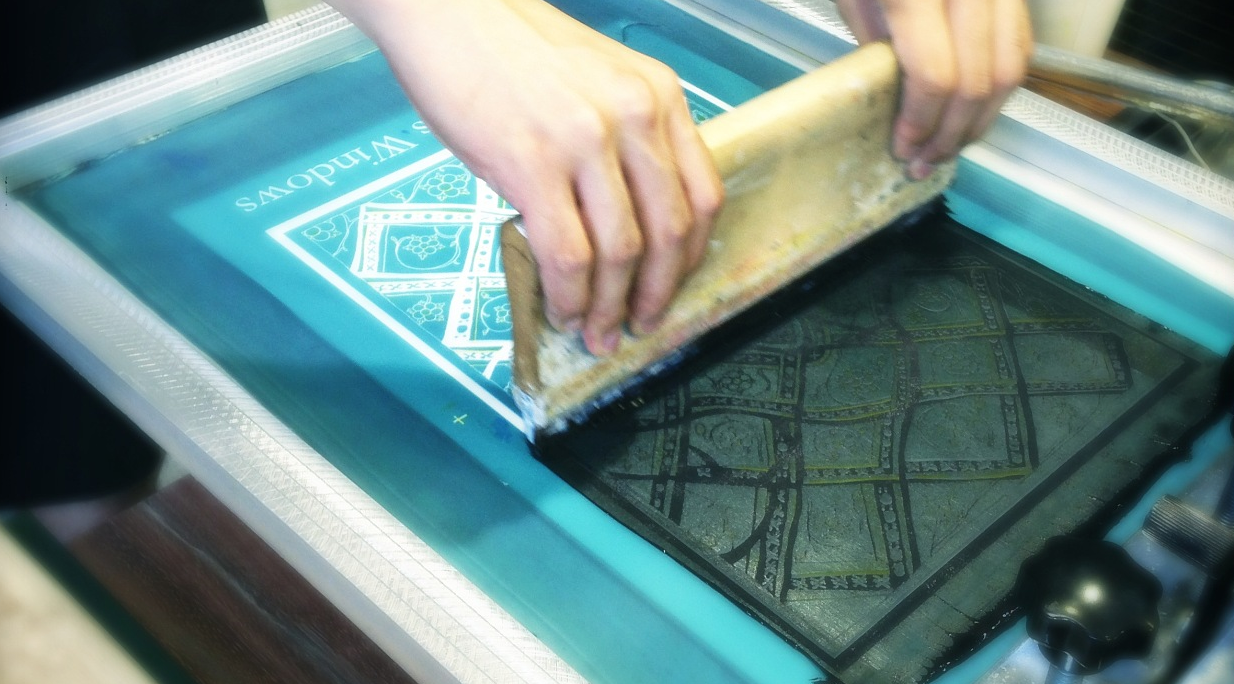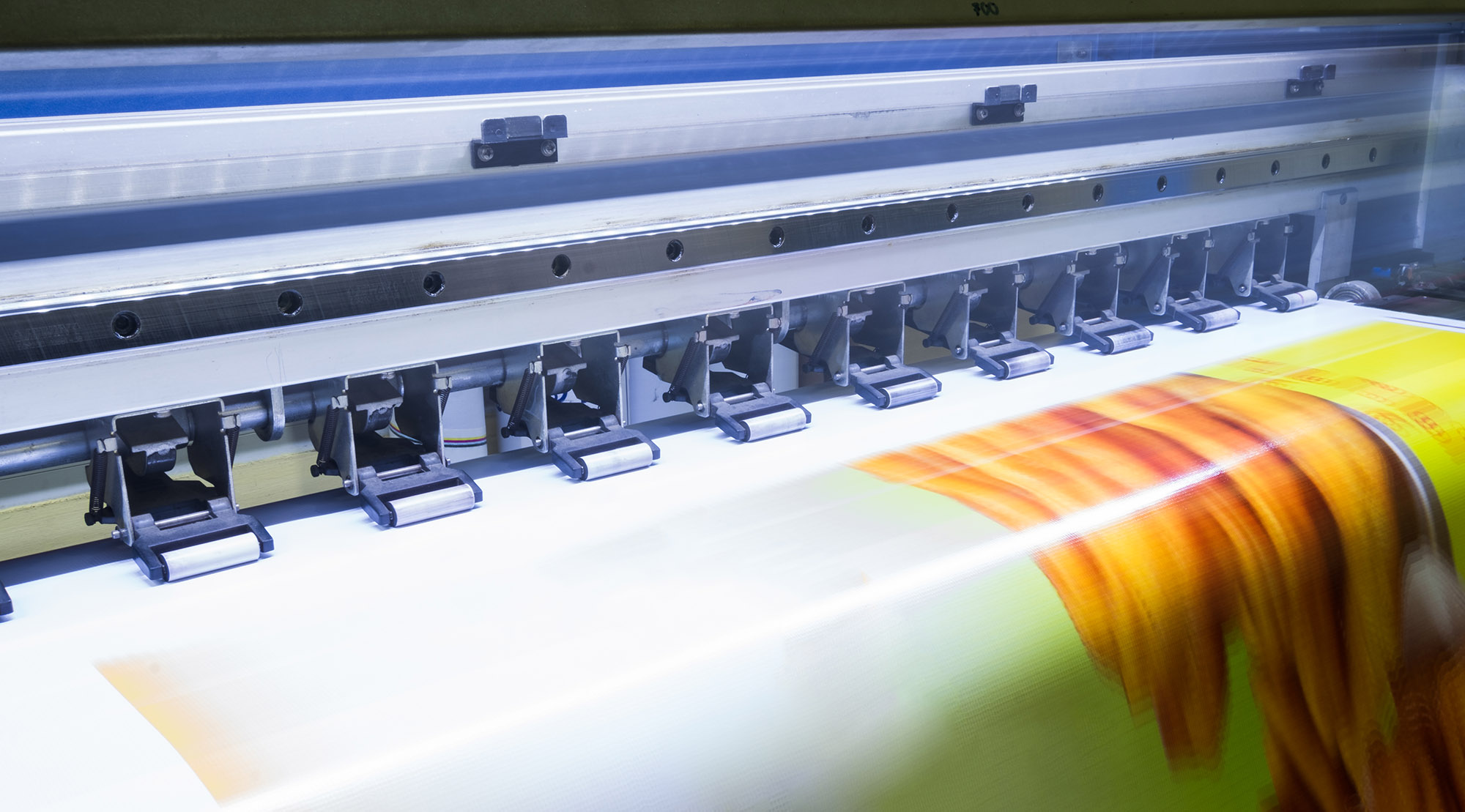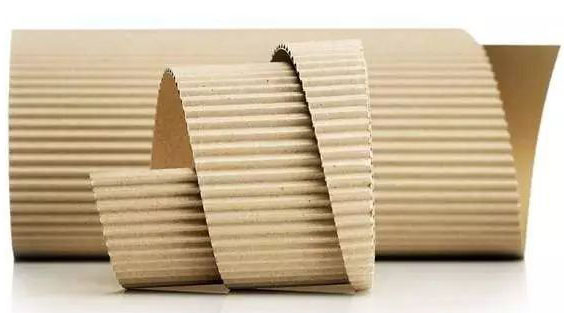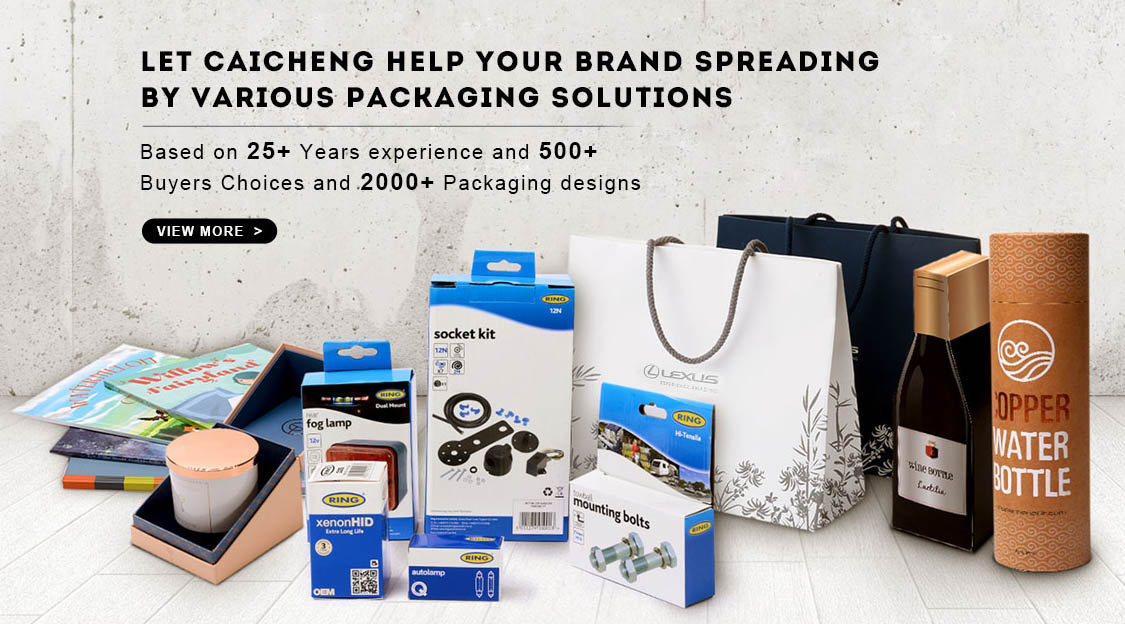Types of Packaging Printing Processes
Packaging printing is a general term for printing various graphics and texts on packaging materials and packaging containers for the purpose of meeting packaging requirements. Due to the diverse requirements of packaging and decoration for colors and patterns, packaging printing adopts a variety of printing process technologies such as letterpress printing, offset printing, gravure printing, flexo printing, silk screen printing and post-press processing technology.
In the process of packaging and printing, the original, film, printing plate, ink, fountain solution, varnish, printing machine cleaning solution, etc. are not only part of the printed product, but also become gas and liquid after their functions are completed. , solid waste and pollute the environment and damage human health. For this part of waste materials, the impact of various chemical agents on the environment must be reduced from the source or in the production process to control their pollution to the environment, that is, efforts should be made to develop green packaging and printing. The development of green packaging and printing requires the selection of packaging and printing materials, pre-press, printing, post-press processing, as well as the use and recycling of packaging and printing products, to achieve green environmental protection.
Classification of packaging and printing
There are many classification methods for packaging and printing, and the commonly used classification methods mainly include the following.
(1) Classification according to the printing plates used: gravure printing, letterpress printing (flexographic printing), offset printing (offset printing), screen printing, and other printing.
(2) According to the packaging materials to be printed: paper and cardboard printing, plastic film printing, plastic sheet printing, metal printing, glass printing, ceramic printing, fabric printing, and other printing.
(3) Classification by packaging products and uses: printing of paper packaging products (including cartons, cartons, paper bags, paper cans, paper cups, paper tube printing, etc.), printing of plastic packaging products (including flexible packaging based on plastic films and composite films) Bag printing and rigid plastic container printing, etc.), metal packaging products printing (including metal cans, metal boxes, metal cylinders, metal box printing, etc.), glass packaging products printing, ceramic container printing, label printing, etc.
(4) Classification according to the surface morphology of the substrate: flat printing, curved printing (including pad printing, tube printing, glass and ceramic container printing, etc.), spherical printing.
packaging printing process
According to different product packaging, different packaging materials and printing quality requirements, there are many types of packaging and printing technology methods. For example, according to the structural characteristics of the printing plate, it can be divided into letterpress printing (including flexographic printing), offset printing, gravure printing, and stencil printing (including screen printing); according to the substrate, it can be divided into ordinary printing and special printing (including Inkjet printing, plastic film and plastic product printing, metal printing, glass printing, ceramic printing, textile printing, etc.).
The following is a brief introduction to the methods and characteristics of packaging and printing.
1. Letterpress printing
Letterpress printing is the earliest type of direct printing method, that is, the printing method in which the graphics and text on the printing plate are directly transferred to the substrate. Just like stamping a stamp, after the protruding part of the layout is inked, it should be pressed and printed on the paper.
The early letterpresses were mainly woodcut and movable type. The printing plates of modern letterpress printing mainly use copper-zinc plate and photosensitive resin letterpress. Letterpress printing is characterized by overprinting of color blocks and color blocks, mainly overprinting, thick ink color, full color, especially large-area spot color plane printing effect; embossed three-dimensional patterns can also be embossed on packaging or writing to form Embossing effect; hot stamping gold and silver (anodized aluminum) onto the substrate. Obtain a variety of special effects combined with flat concave and bronzing. However, the quality of gravure printing is difficult to control, the cost is high, it is not suitable for printing large-format products, and the printing speed is also difficult to compare with lithographic printing.
2. Lithography
Lithographic printing, also known as offset printing, is the most widely used printing method in modern printing technology. Lithographic printing uses the principle of oil and water immiscibility. The part that does not get ink on the printing plate is composed of a layer of hydrophilic substances, and the image is composed of a layer of lipophilic substances. After the printing press starts, the first contact of the printing plate is the water supply roller. The non-graphic part of the printing plate is evenly stained with a layer of water dedicated to printing, and then the printing plate contacts the ink supply roller, and the part with water on the plate is not It will be stained with a little ink, and the parts with pictures and texts are evenly stained with ink, and the ink of the printing plate is transferred to the substrate, and the printing is completed.
The lithographic printing machine is divided into two types: single-color machine and multi-color machine. The latest multi-color machine can complete 4-8 colors or even 12-color printing at one time, and can also print on both sides at the same time. Lithographic printing is suitable for wide area and good printing effect. It is suitable for printing in large quantities and various formats. There are four-opening printing presses, half-opening printing presses, and full-opening printing presses in specifications. The printing speed can be as high as 12,000 sheets per hour.
3. Gravure printing
The graphic part of the plate layout of gravure printing is corroded or engraved and the concave is lower than the flat white part of the layout. At the same time, the depth of the concave varies with the depth of the image. The deeper the image is, the deeper the concave is. When printing, the entire layout is stained with water-based ink, and then the ink on the plane of the printing plate is scraped off with a squeegee, and then a large pressure is applied to transfer the ink left on the concave part of the printing plate to the substrate to obtain the printing effect. .
Gravure printing has the characteristics of thick ink color, rich three-dimensional effect, bright color, rich layers, fast printing speed, fast drying, wide adaptability of printing materials, and suitable for decoration printing of various formats and bulk products. Widely used in the printing of plastic packaging, calendars, and exquisite picture albums.
4. Stencil printing
Stencil printing is a type of printing method that uses screen printing, also known as screen printing or screen printing. For screen printing, first, the real silk mesh or vinylon mesh, copper mesh, and stainless steel mesh should be fixed and tightened on the metal or wooden frame, and then coated with photosensitive glue on the mesh, and the finished plate or negative should be attached to the photosensitive surface. UV exposure. The exposed part of the photosensitive adhesive becomes a water-blocking film firmly adhered to the net under the action of ultraviolet rays, and then the uncured photosensitive glue on the net is washed away with water to reveal the pictures and texts in the mesh. When printing, place it under the printing plate. Enter the substrate, put the ink into the screen frame, and then use a flexible scraper to pressurize the screen frame to scrape the ink, so that the ink leaks from the mesh to the substrate.
The ink layer on the screen print is thicker (5-10 times that of lithographic printing), the graphics and text have a three-dimensional effect, and the color is strong. It is suitable for various materials and curved and flat printing. For manual or machine printing, it is easy to operate and has a wide range of applications.
5. Flexographic printing
Flexographic printing is a printing method that uses a flexographic printing plate to transfer ink through an anilox roller. Flexographic printing uses a printing plate with flexibility and embossed patterns, and its printing principle is the same as that of direct letterpress printing. However, the ink transfer method of flexographic printing is to transfer the ink through the anilox ink transfer roller and the scraper technology that can quantitatively control the ink, and the ink transfer route belongs to the short-distance ink transfer method.
The characteristics of flexographic printing are that the printing machine uses anilox rollers for inking, and the ink transfer system is very simple, eliminating the need for complex inking roller groups, easy operation, and reduced costs; plate making is simple, and the printing plate can be printed outside the machine. Cylinder loading and printing proofs, suitable for various short-run prints in small batches and multiple varieties; strong wear resistance, fast drying, and can reduce the number of plate changes for large-scale printing; flexographic printing machines can be connected with various processing machinery. , forming an assembly line to improve production efficiency; suitable for printing of various materials, water-based ink can also be used for pollution-free printing, which is conducive to environmental protection, solid ink color, and good printing effect, so it is widely used in packaging and printing. Has a clear competitive advantage.
6. Other printing methods
Due to the development of modern high-tech and the various needs of packaging printing, in addition to the printing methods described above, there are also a variety of new printing technologies and special printing that are continuously used in packaging printing. Such as three-dimensional printing, holographic printing, inkjet printing, foam printing, etc.
Three-dimensional printing - is a printing method that uses the lenticular plate to make the image scene have a three-dimensional sense according to the principle of optics, also known as the lenticular plate method or three-dimensional space printing. The three-dimensional printing has good gloss, and the surface of the brightly colored printed matter is covered with a layer of concave-convex lenticular lenticular sheet, which has a strong three-dimensional effect and can reproduce the three-dimensional effect of the scene realistically. In packaging and decoration, it is widely used in the packaging of children's toys, stationery, gift boxes, cosmetics, playing cards and other products, souvenirs and precious and delicate small commodities.
Holographic printing - The real image obtained by holography can be received on the screen, or a large number of rainbow holographic pictures can be reproduced by molding. Holographic printing is a printing method in which the embossed hologram is embossed on a specific material half bucket (vacuum aluminized film) to obtain a holographic picture by using the real image obtained by holographic photography. Holographic printing, also known as laser printing, is mainly used in high-end product packaging and logo and label decoration printing.
Foam printing - foam printing is to use special foam ink for printing on paper, plastic, leather, textiles and other substrates, and then heat treatment, the printed pattern will bulge with the ink film, and then naturally. A printing technology method for forming embossed graphics and texts by cooling and solidification. The connecting material of foaming ink is generally water-based, easy to use, non-polluting, has good solvent resistance, drug resistance, wear resistance and non-deformation, strong three-dimensional feeling, soft and comfortable hand feel, similar to artificial decals, etc. It is widely used in Braille, commodity packaging and decoration, clothing and textile pattern decoration, book cover decoration and other fields, with excellent decorative effect.
Inkjet printing - Inkjet printing refers to a non-plate and pressure-free printing technology method that is controlled by a computer to make the ink flow from the nozzle to be sprayed on the substrate to obtain images and texts. Inkjet printers are mainly composed of ink nozzles, inkjet controllers, substrate drivers and system controllers. The printing principle is to first convert the analog image information of the manuscript into digital printing information, and store it in digital form. During printing, the digital signal directs the inkjet device to spray the ink mist on the substrate as required to form graphics and text. Inkjet printing adopts computer-controlled finishing process. The entire operation process is automated, and single-color and multi-color printing can be completed. At the same time, the inkjet printing device is relatively simple in structure, small in size, light in weight, convenient in operation and maintenance, and can adapt to the printing of various materials. It is a printing technology with extremely broad development and application prospects.
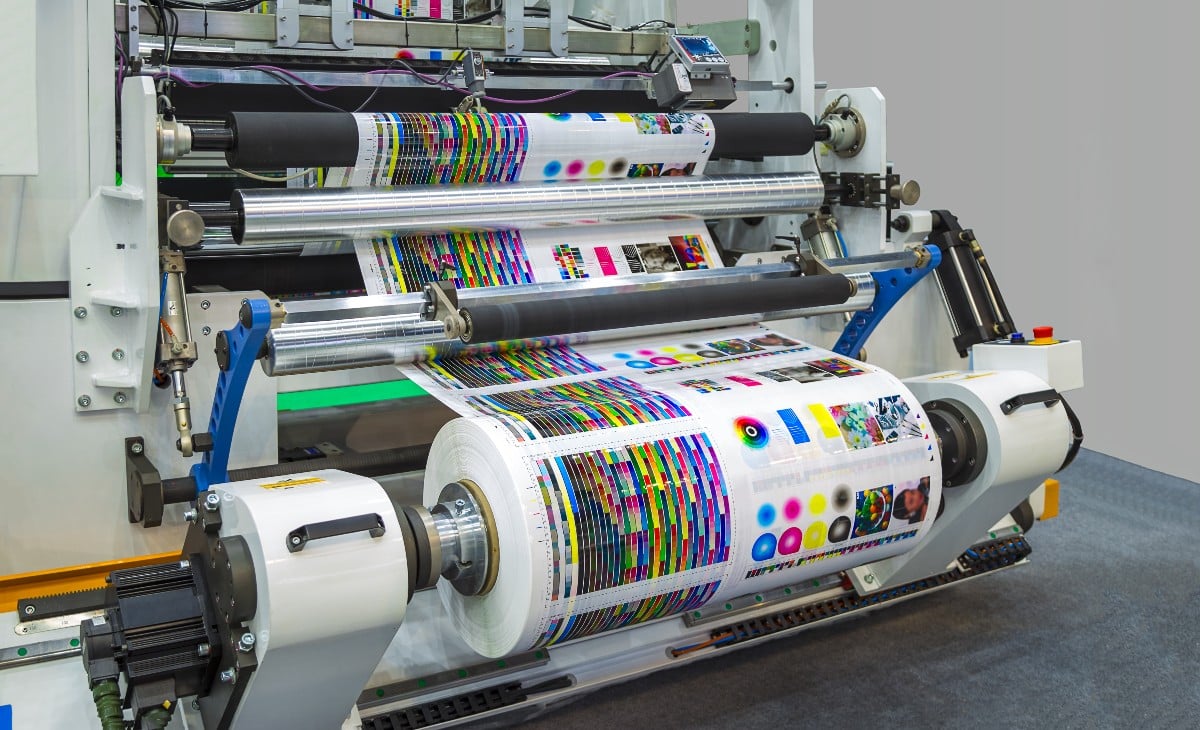
The Importance and Necessity of Energy Saving and Emission Reduction in Packaging and Printing Industry
The economy of the 21st century is an ecological economy. In the face of increasingly severe resource and environmental constraints, my country's 2007 government work report clearly pointed out: "Energy saving, environmental protection and intensive land use should be taken as a breakthrough in transforming the economic growth mode." , "Develop a circular economy and accelerate the construction of a conservation-minded society", "Only by taking the road of circular economy based on the most efficient use of resources and environmental protection, can sustainable development be achieved". Energy conservation, emission reduction, and sustainable development have become an issue of great concern to all sectors of society. Energy conservation and emission reduction not only carry environmental protection, but also the future of sustainable economic and social development and scientific development. Technological progress, reducing consumption and increasing efficiency are the core of promoting system energy saving and realizing intensive management. It is also the fundamental content of the energy-saving and material-saving work of enterprises under the current market economic situation. Environmental pollution caused by industrial development directly affects people's quality of life. Therefore, all kinds of pollution and hot exhaust gas emissions and energy saving generated in the production process of the packaging and printing industry are the problems that the whole society, especially the industry enterprises, should pay attention to and solve.
With the increasingly fragile ecosystem of human existence, the deterioration of environmental quality, and the high lack of resources, we can no longer follow the traditional development model in terms of resource stock and environmental carrying capacity. If the packaging and printing industry continues to take the road of traditional economic development, it can only slow down the process of my country's modernization and hinder the healthy and sustainable development of the packaging and printing industry. Therefore, it is very necessary to carry out the energy saving and emission reduction work of enterprises in the packaging and printing industry.

